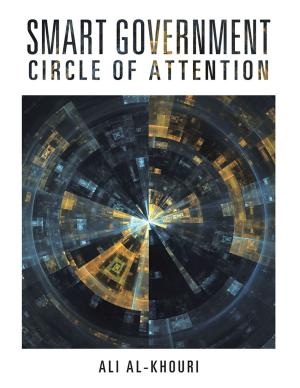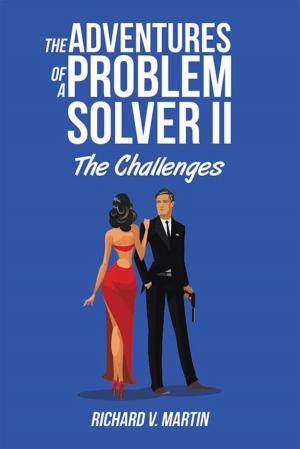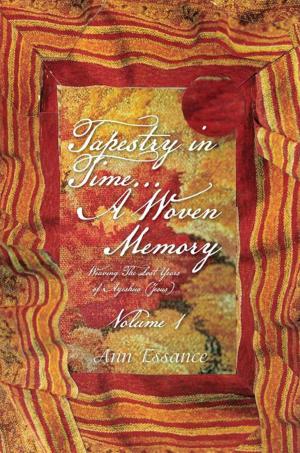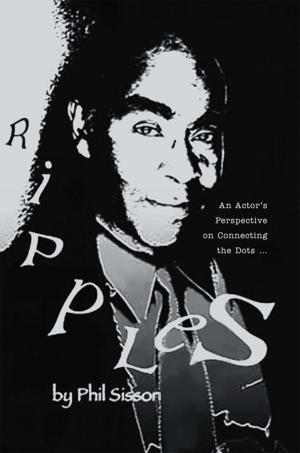| Author: | Cesar A. Fabiani MD | ISBN: | 9781514403747 |
| Publisher: | Xlibris US | Publication: | September 3, 2015 |
| Imprint: | Xlibris US | Language: | English |
| Author: | Cesar A. Fabiani MD |
| ISBN: | 9781514403747 |
| Publisher: | Xlibris US |
| Publication: | September 3, 2015 |
| Imprint: | Xlibris US |
| Language: | English |
Substance use disorder is a legitimate medical disorder with its locus in the pleasure centers of the brain. People who have addictions frequently also have medical and psychiatric comorbidities that complicate their addictions. With perseverance, all of these challenging disorders can be prevented and treated. Prevention can be classified as primary, secondary, and tertiary. The sine qua non of treatment and prevention is the biopsychosocial model. Classification is crucial in science. As an example, the DSM-5 publication has been an important scientific achievement. In it, Substance- Related and Addictive Disorders can be diagnosed using the four Cs: craving, control (loss of), compulsion, and use despite negative consequences. Thanks to pharmacogenetics and epigenetics in the future, the high risk for different addictions can be clarified. Tragic cases of celebrities can be changed, and their triumphs celebrated instead of their deaths mourned from substance use disorders. Examples of tragic cases in the past are Ernest Hemingway, whose family also suffered five suicides (including Hemingway himself), and Eugene ONeill with three suicides in his family. On the other hand, Bob and Bill W., Betty Ford, and Robert Downey Jr. and Drew Barrymore all succeeded in their fights against addiction. As far as I know, Hemingway and ONeil were never told they had an alcohol use disorder and were never referred to AA. Although it is speculation, if both authors and their families were treated with lithium (used for mania first in Australia in 1949 and approved for the treatment of mood disorders in the United States in 1972) or, in the future, ketamine, their suicides could have been prevented. Bob Smith and Bill Watson, who experienced a spiritual transformation experience, were able to abstain from alcohol for the rest of their lives. Evidence-based studies can be used along with FDA-approved addiction medication as part of the biopsychosocial model. For alcohol use disorders, three medications are recommended: disulfiram, acamprosate, and naltrexone. The key is determining which medication is indicated for a specific patient. For cocaine and stimulant use disorders, FDA-approved medications for the treatment of ADHD are an alternative for patients trying to self-medicate with cocaine. For opiate use disorders, three other medications are also FDA-approved: naltrexone, methadone and buprenorphine. I favor buprenorphine due to the fact that is a partial mu blocker (the mu receptor is the most important analgesic opiate receptor)the risk of respiratory depression in cases of overdosing is low, and the success rate is high. Buprenorphine can be paired with naloxone, which is an opiate blocker, to prevent the illegal distribution. Kits with naloxone, Evzio (brand name of naloxone 0.4-milligram auto-injector), are being distributed to patients and family members, making it a life-saving medication similar to EpiPen for the treatment of anaphylactic shock. In order to diminish the risk of diversion, many deterrent techniques are being developed by manufactures of opiates. All these precautions will be almost superfluous if an implantable version of buprenorphine becomes available. Effective and updated medical education is the best antidote against stigma. Above all, all patients with substance use disorders should be treated with respect and humane care.
Substance use disorder is a legitimate medical disorder with its locus in the pleasure centers of the brain. People who have addictions frequently also have medical and psychiatric comorbidities that complicate their addictions. With perseverance, all of these challenging disorders can be prevented and treated. Prevention can be classified as primary, secondary, and tertiary. The sine qua non of treatment and prevention is the biopsychosocial model. Classification is crucial in science. As an example, the DSM-5 publication has been an important scientific achievement. In it, Substance- Related and Addictive Disorders can be diagnosed using the four Cs: craving, control (loss of), compulsion, and use despite negative consequences. Thanks to pharmacogenetics and epigenetics in the future, the high risk for different addictions can be clarified. Tragic cases of celebrities can be changed, and their triumphs celebrated instead of their deaths mourned from substance use disorders. Examples of tragic cases in the past are Ernest Hemingway, whose family also suffered five suicides (including Hemingway himself), and Eugene ONeill with three suicides in his family. On the other hand, Bob and Bill W., Betty Ford, and Robert Downey Jr. and Drew Barrymore all succeeded in their fights against addiction. As far as I know, Hemingway and ONeil were never told they had an alcohol use disorder and were never referred to AA. Although it is speculation, if both authors and their families were treated with lithium (used for mania first in Australia in 1949 and approved for the treatment of mood disorders in the United States in 1972) or, in the future, ketamine, their suicides could have been prevented. Bob Smith and Bill Watson, who experienced a spiritual transformation experience, were able to abstain from alcohol for the rest of their lives. Evidence-based studies can be used along with FDA-approved addiction medication as part of the biopsychosocial model. For alcohol use disorders, three medications are recommended: disulfiram, acamprosate, and naltrexone. The key is determining which medication is indicated for a specific patient. For cocaine and stimulant use disorders, FDA-approved medications for the treatment of ADHD are an alternative for patients trying to self-medicate with cocaine. For opiate use disorders, three other medications are also FDA-approved: naltrexone, methadone and buprenorphine. I favor buprenorphine due to the fact that is a partial mu blocker (the mu receptor is the most important analgesic opiate receptor)the risk of respiratory depression in cases of overdosing is low, and the success rate is high. Buprenorphine can be paired with naloxone, which is an opiate blocker, to prevent the illegal distribution. Kits with naloxone, Evzio (brand name of naloxone 0.4-milligram auto-injector), are being distributed to patients and family members, making it a life-saving medication similar to EpiPen for the treatment of anaphylactic shock. In order to diminish the risk of diversion, many deterrent techniques are being developed by manufactures of opiates. All these precautions will be almost superfluous if an implantable version of buprenorphine becomes available. Effective and updated medical education is the best antidote against stigma. Above all, all patients with substance use disorders should be treated with respect and humane care.















